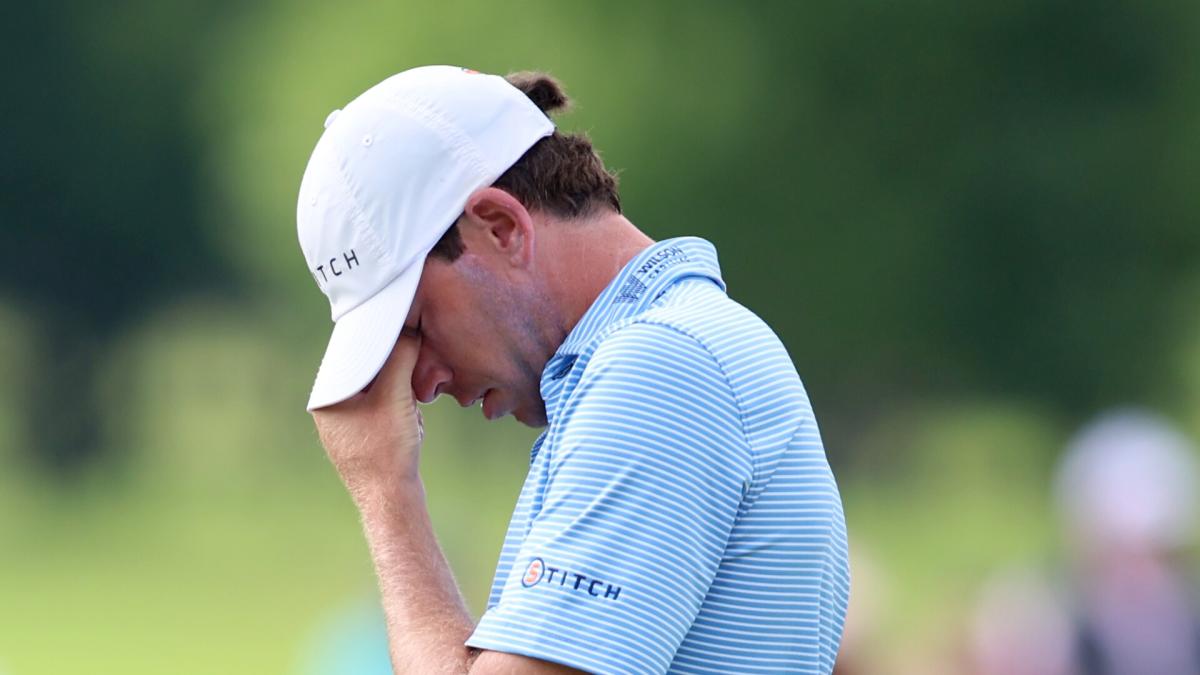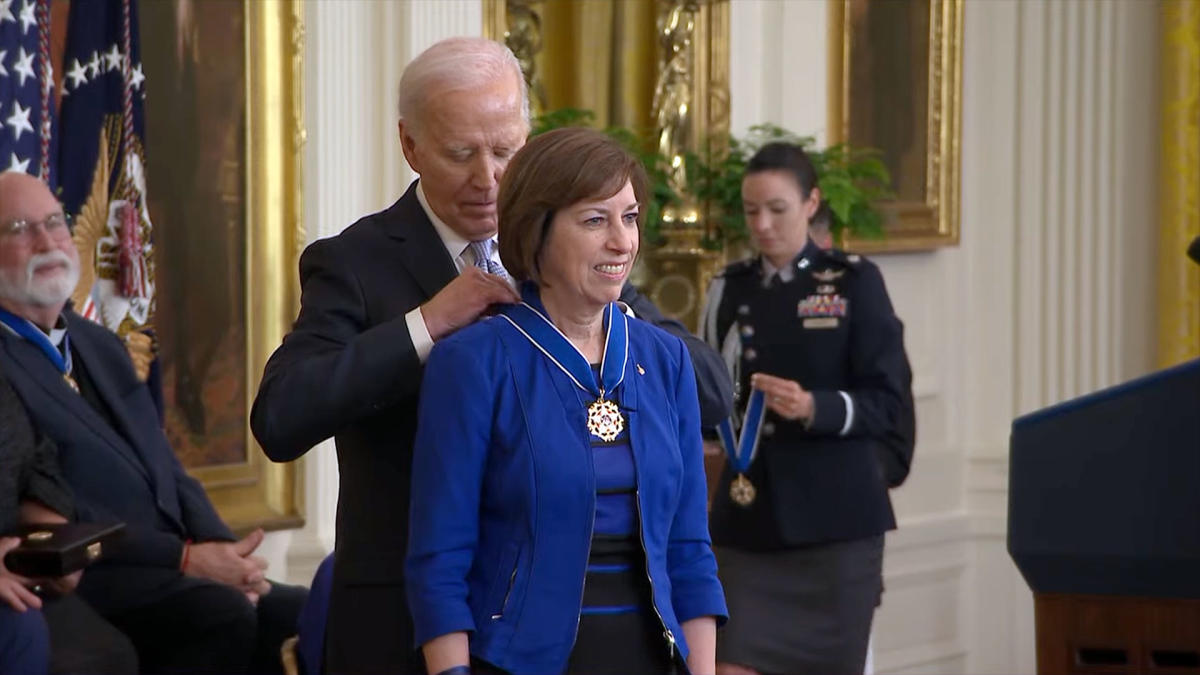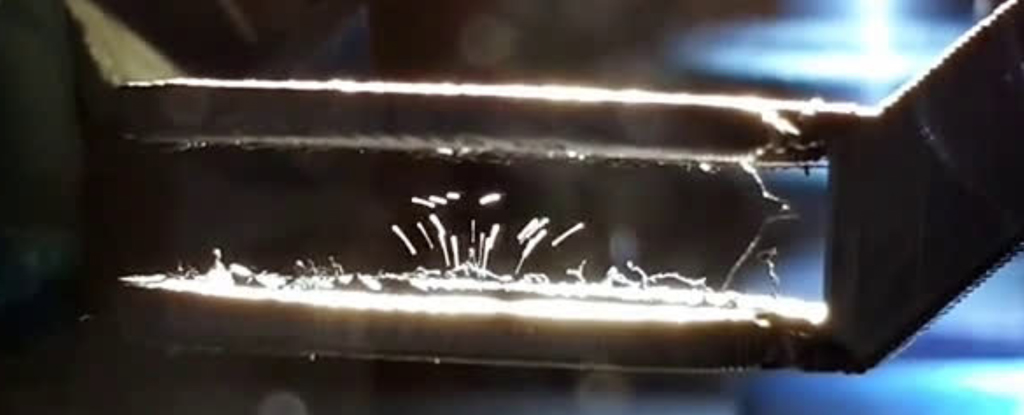Men’s Health
Researchers at Israel’s Bar-Ilan University have grown “laboratory testicles” they hope could eventually ease male infertility, which affects 10% to 15% of American men.
Getty Stock Image
This is pretty nuts — researchers at Israel’s Bar-Ilan University have grown “laboratory testicles” they hope could eventually ease male infertility, which affects 10% to 15% of American men.
The tiny, artificial organs, produced from cells extracted from mouse testes, are said to resemble the structure and function of natural mouse testicles. The researchers, led by Dr. Nitzan Gonen, are aiming to develop human-like testicles from human stem cells to help treat developmental sex disorders and infertility.
“Fertility clinics are able to identify some of the problems that cause male infertility — a low sperm count or an abnormal structure — but we don’t understand fully what causes this, which genome mutations led to the condition, or what went wrong in the testicle’s functioning, as a result of which the tubes do not carry the sperm well,” Gonen told the Israeli newspaper Haaretz last week.
“Now it will be possible to study these subjects within the system of the model we have produced,” she added.
Biologists have already generated organoids — three-dimensional miniature versions of immature organs — that resemble the brain, kidneys and intestines, from stem cells.
The organoids that Gonen’s team formed were cultured from immature testicular cells from neonatal mice.
The researchers realized the procedure was a success when they identified tubule-like structures and cellular organization mimicking that of in vivo testis.
The artificial mouse testicles functioned well for nine weeks — which is, in theory, enough time for mouse sperm generation and release to occur. That process takes about 34.5 days.
Testicles have two main functions — the production, storage and maturation of sperm cells and the synthesis of testosterone, the primary male sex hormone.
In the study findings, recently published in the International Journal of Biological Sciences, the scientists noted that their organoids showed “signs of entry into meiosis,” the process that reduces the number of chromosomes by half to form sperm cells.
Gonen’s vision is to grow testes organoids to help boys with cancer who may not be able to produce functional sperm.
Biopsies would be taken before their treatment commenced, then fertile sperm would be grown in vitro and frozen so they could use it in the future to have children.
Gonen also sees this technology being used in the livestock industry.
“It’s true that if science can find a way to control the sex of farm animals and ensure that all the offspring will be only females or only males, the production of the industry will improve twofold,” Gonen explained to Haaretz.
“For example, eight females will be born instead of four females and four males — and the animals in the industry will also benefit, because half of them won’t be killed, as is done today,” she added.
Load more…
{{/isDisplay}}{{#isAniviewVideo}}
{{/isAniviewVideo}}{{#isSRVideo}}
{{/isSRVideo}}

Dr. Sarah Adams is a scientist and science communicator who makes complex topics accessible to all. Her articles explore breakthroughs in various scientific disciplines, from space exploration to cutting-edge research.








